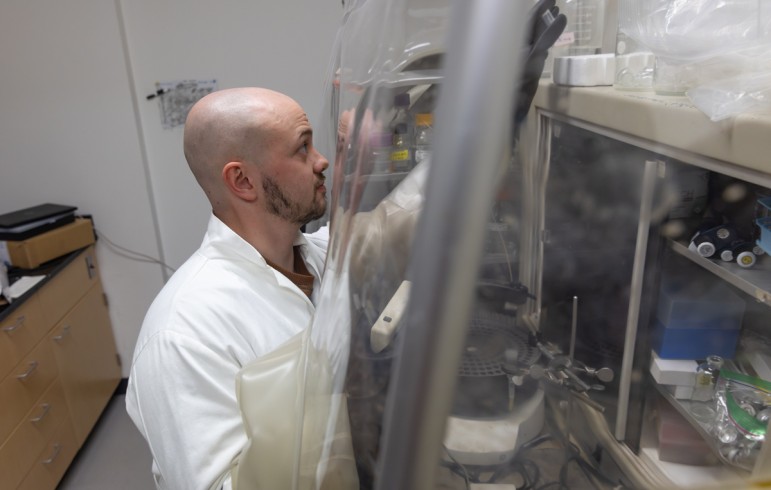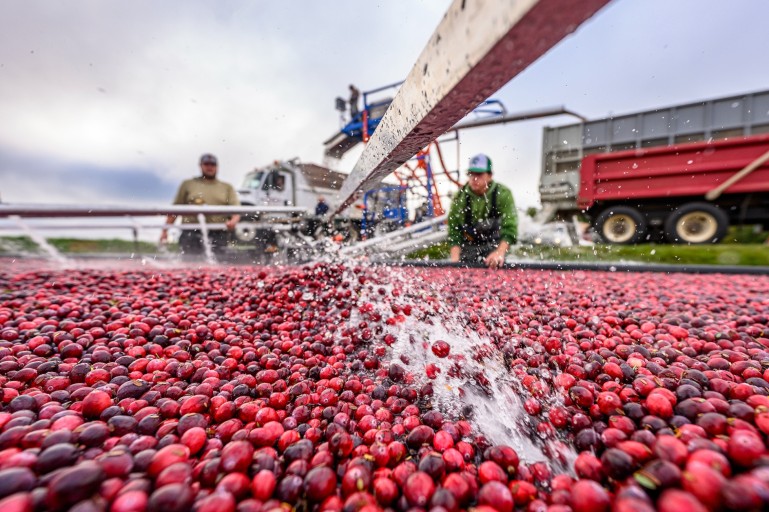Biochemistry professor Richard Amasino has been awarded a Wisconsin Alumni Research Foundation (WARF) Named Professorship.
Equipped with carefully laid plans and a crowdfunding campaign, “solar ambassadors” at the University of Wisconsin–Madison are bringing solar energy to a local nonprofit.
Mikhail Kats, an assistant professor of electrical and computer engineering, received a prestigious CAREER award from the National Science Foundation for his efforts to tweak how substances emit light as they change temperatures.
When Maria Castillio, a 2017 graduate of UW-Madison and former Office of Sustainability intern, scored the opportunity to take a Semester at Sea (SAS) in 2015, she built a lasting relationship with Nicol Chinchilla from Costa Rica and Sasha D
Behind the successful conversion of biomass to a better biofuel or a new green chemical, there is a carefully chosen solvent. The right solvent not only dissolves biomass but also drives the efficiency of the entire conversion process, resulting in higher yields and a lower bottom line.
In February WEI researchers were featured in the press for discoveries in bioproducts and fuels, while students wind up their own renewable energy projects.
It’s not uncommon for Zhenqiang “Jack” Ma to work late and sleep in his office.



